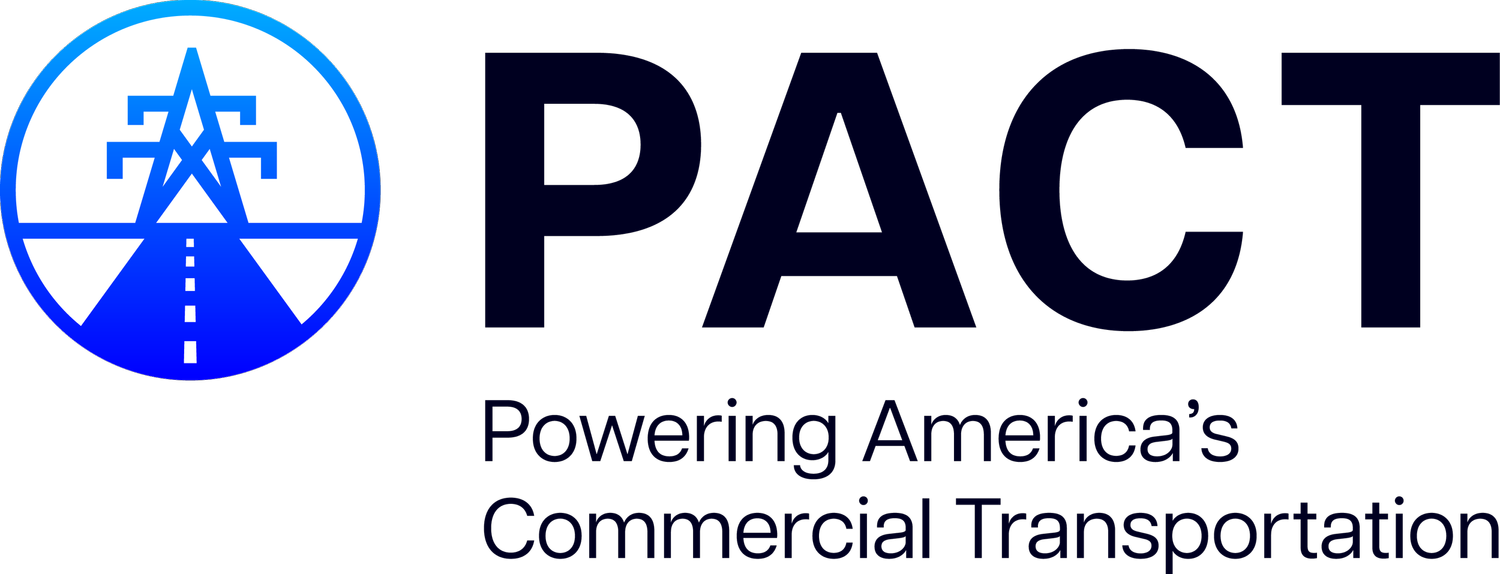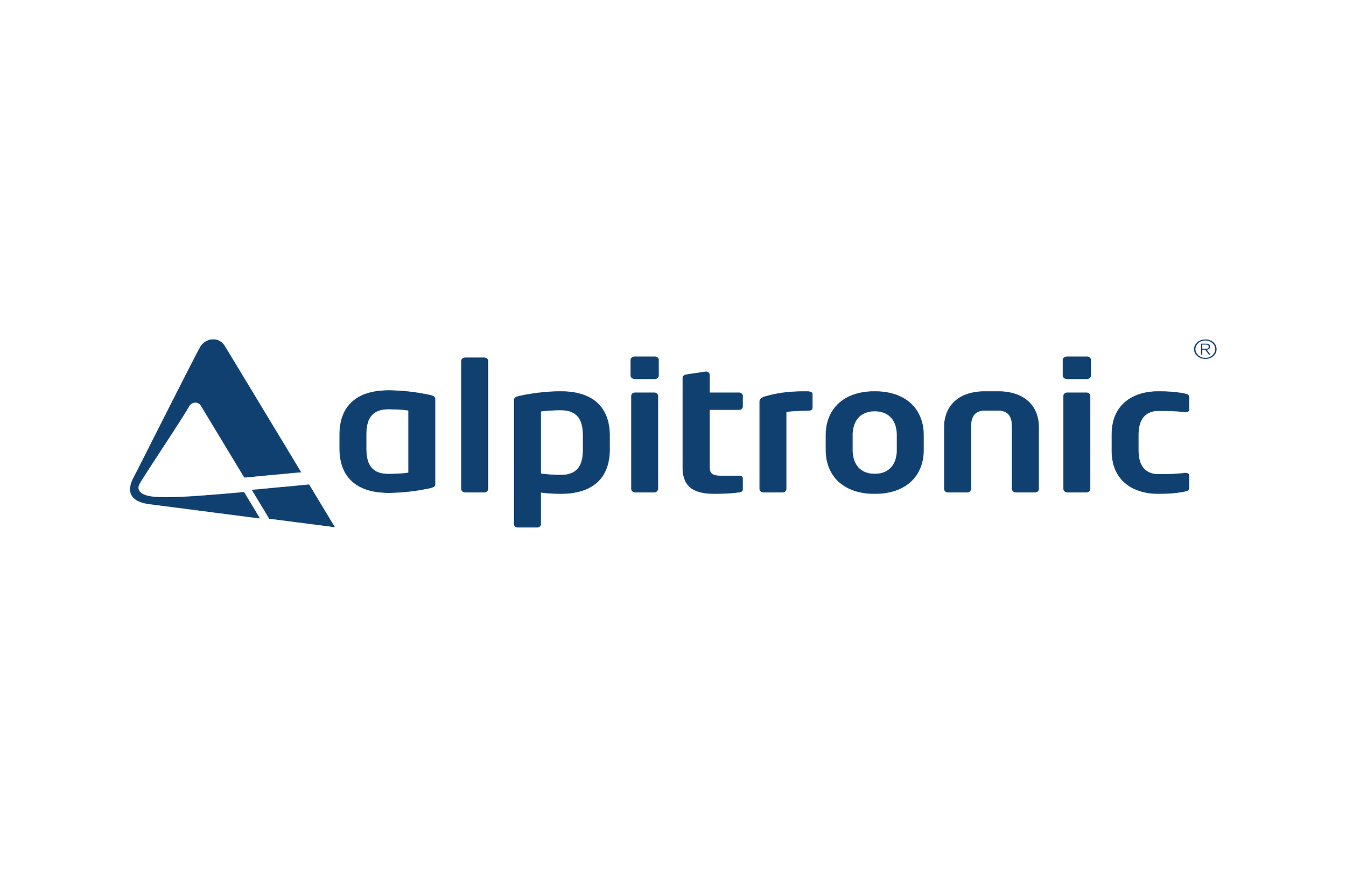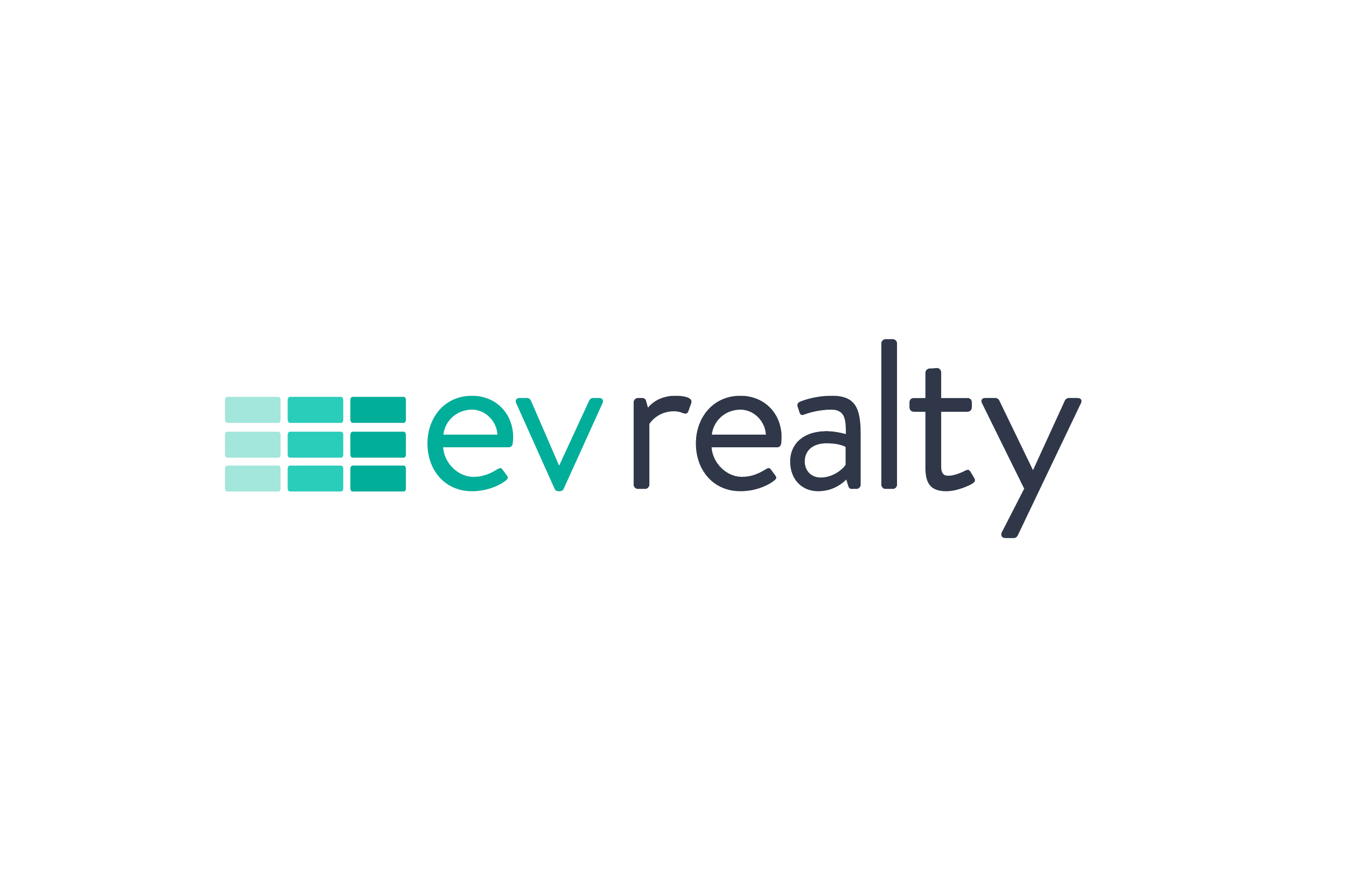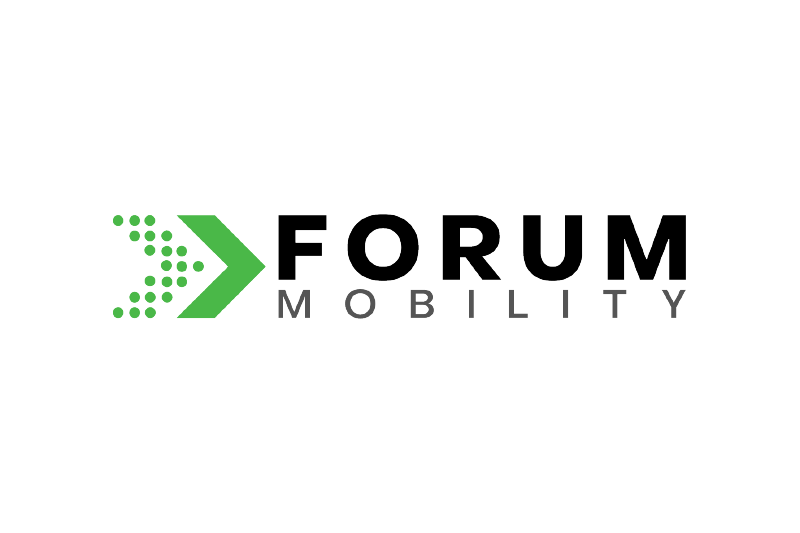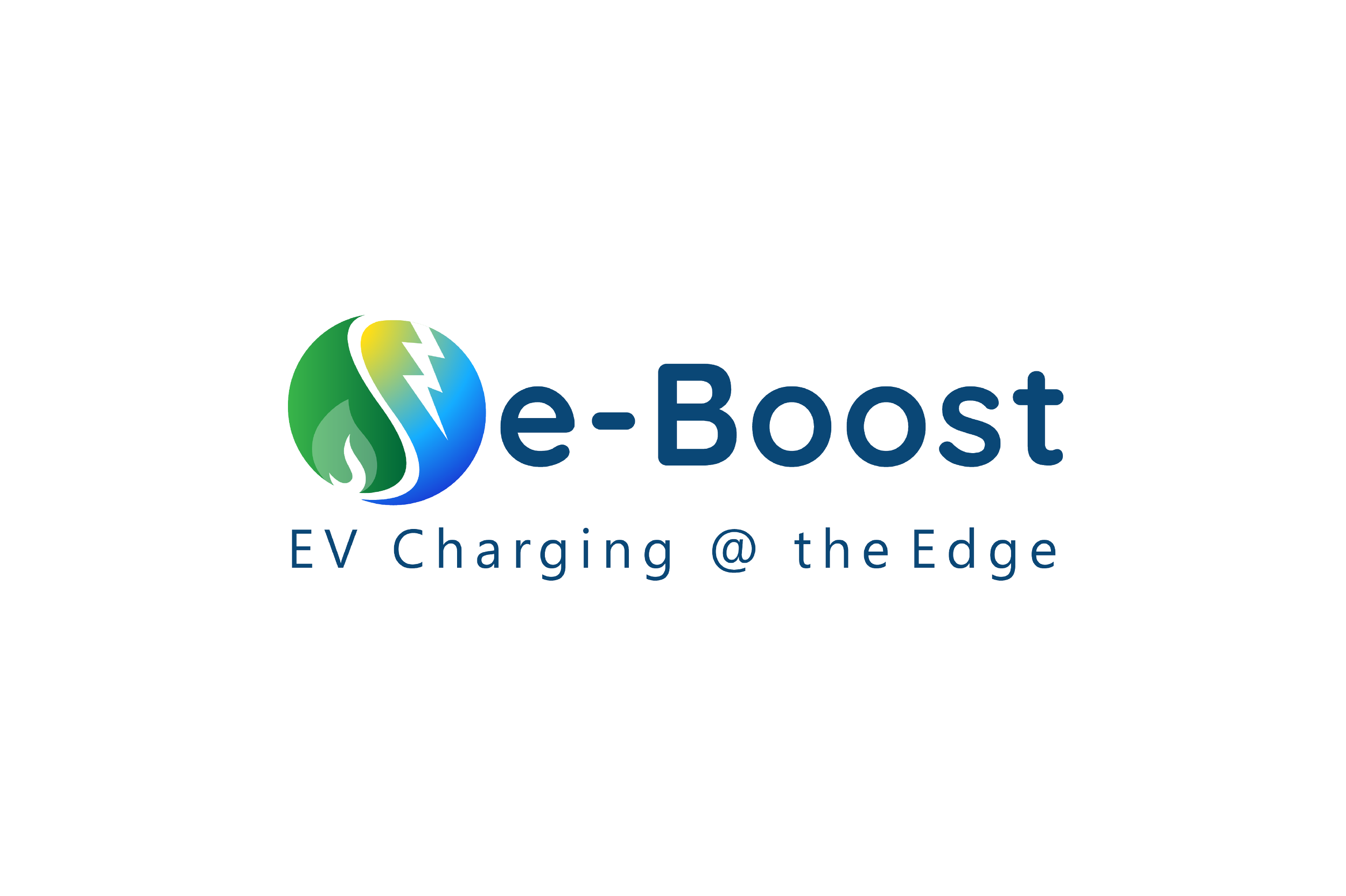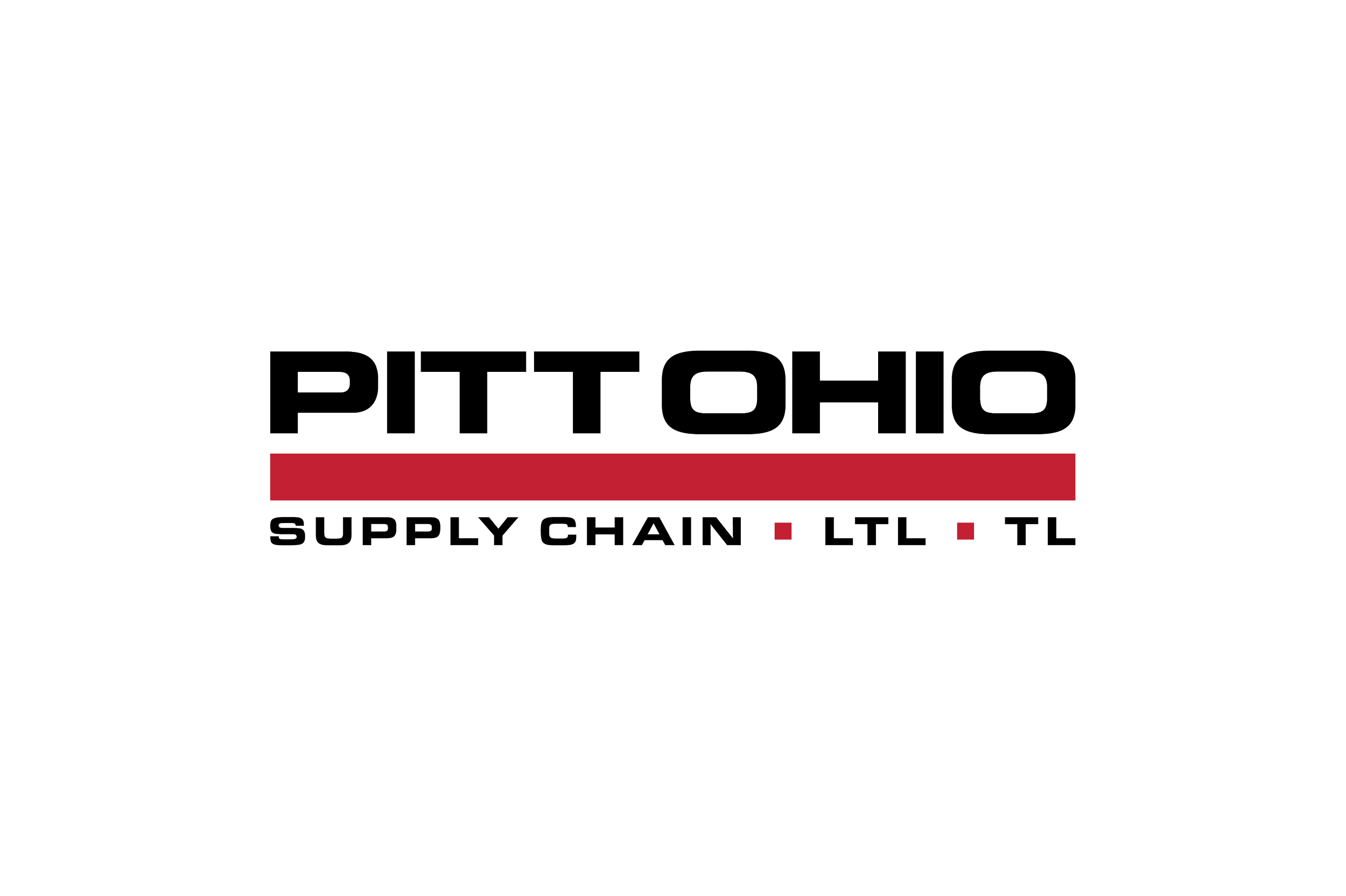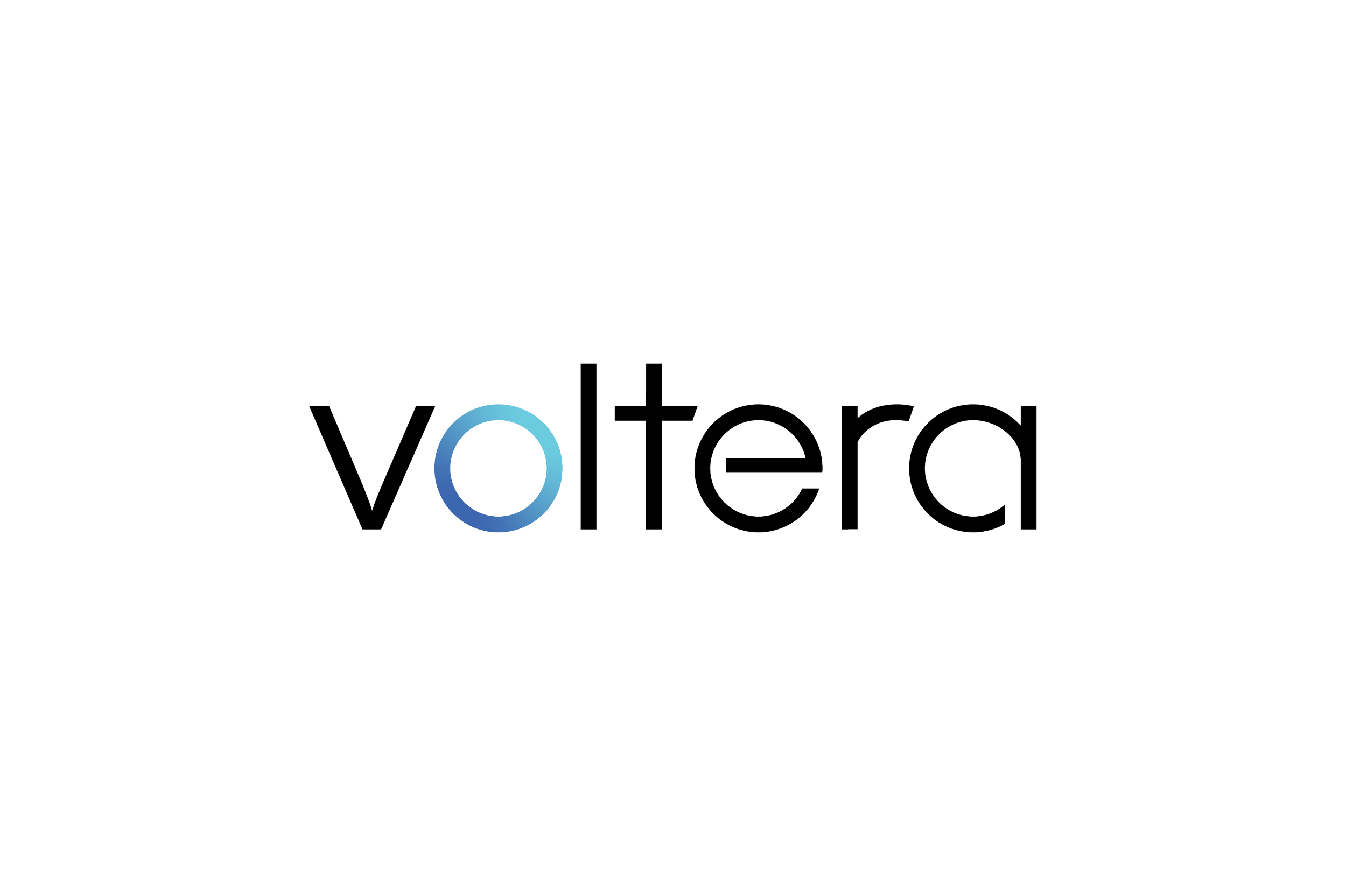Powering America’s Commercial Transportation
The voice for commercial vehicle infrastructure

Our Goal
To accelerate the deployment of accessible and reliable charging infrastructure to support the medium- and heavy-duty vehicle market.
We are focused on closing the gap between availability of new vehicle technologies and grid readiness. Our vision is for a robust market for all types of commercial vehicles, including electric vehicles, where M/HD* fleets have access to reliable power, when it’s needed, where it’s needed and at a reasonable cost.

Our Challenge
Utility infrastructure readiness and the commercial electric vehicle market are not in sync.
While the number of deployed medium- and heavy-duty vehicles using innovative powertrains in real-world applications is growing, scaling operations requires distinct considerations for capital, regulatory approval and electric grid upgrades. More must be done to create a robust market for new vehicle technologies, including electric vehicles.

Our Approach
Educate
Raise visibility for infrastructure needs through engagement with state/federal policymakers, utilities, regulators and commissioners.
Advocate
Mobilize local stakeholders around support for policies that create a robust market for next-generation commercial vehicles.
Collaborate
Engage with key stakeholders across energy, trucking, and public sectors to coordinate and plan for a commercial transportation future that leverages innovative and efficient technologies and is economically competitive.
Our Members
We share a common goal: To remove obstacles that delay the expansion of critical infrastructure for electric trucks in today’s marketplace.
Request for Proposal (RFP)
Featured
CA Regulatory and Legislative Consultant
PACT seeks a California based consultant to support the organization’s advocacy efforts to advance the deployment of medium- and heavy-duty EV charging infrastructure throughout the state.
News & Resources
Learn about the market and infrastructure needs for the new generation of commercial vehicles
Featured
Follow the Trucks: How “Hotspots” Can Guide Smarter Grid Investments for Commercial Fleets
Where should electric truck charging go first? Where the trucks already are. PACT’s new analysis maps freight hotspots at ports, logistics hubs, and distribution centers to identify the most promising, no-regrets locations for early medium- and heavy-duty charging deployment. With data pointing the way, the path to scalable commercial electrification is clear.
